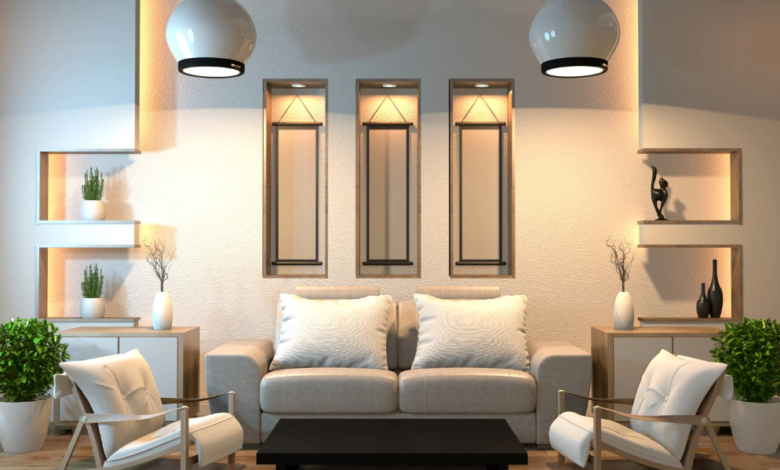The Role of Lighting in Interior Design

Lighting is one of the most powerful yet overlooked elements in interior design. It influences how a space feels, how color is perceived, and even how people interact with their environment. Whether it’s ambient warmth in a residential living room or task lighting in a commercial workspace, skilled interior designers in Atlanta understand that lighting is not just a finishing touch; it’s a fundamental design tool that sets the tone and functionality of every room.
Enhancing Mood and Spatial Perception
Lighting dramatically affects the mood and perception of space. Warm lighting evokes comfort and relaxation, making it ideal for bedrooms or lounges. Cooler lighting fosters alertness and focus, often used in kitchens, offices, and study areas. The choice of lighting color temperature, intensity, and fixture type can transform how a room is experienced.
In spaces with limited natural light, artificial lighting becomes even more crucial. Designers often use a combination of overhead lights, sconces, and floor lamps to create layered lighting effects. This approach provides visual depth and allows flexibility depending on the time of day or activity.
Strategic lighting placement can also create the illusion of space. Well-lit corners and upward-facing fixtures can make a room feel taller, while recessed lights and backlit mirrors can open up tighter areas. These techniques not only improve aesthetics but also serve practical spatial needs.
See also: The Vital Role of Advanced Imaging in Modern Healthcare
Functional Lighting for Task and Purpose
Interior designers approach lighting with a clear understanding of how each room functions. Task lighting is prioritized in areas like kitchen prep zones, bathroom vanities, and reading nooks. Adjustable fixtures, under-cabinet lights, and directional spots help illuminate work areas without casting harsh shadows.
Accent lighting, on the other hand, is used to draw attention to specific features, artwork, textured walls, or architectural details. Dimmable lighting systems are frequently incorporated to allow users to adjust brightness levels, adapting to changing needs throughout the day.
A thoughtful lighting plan is also informed by broader spatial design considerations. Many design teams focus on the importance of understanding landscape elements, especially when natural light filters through gardens, patios, or outdoor features. These external elements influence how interior lighting should complement or contrast the environment, creating seamless indoor-outdoor transitions.
Collaboration and Integration
Lighting design doesn’t happen in isolation. It often involves collaboration between architects, contractors, and designers to ensure that wiring, fixture placement, and material finishes all align. During large-scale projects, the integration of lighting into ceiling plans, wall structures, and custom furnishings requires careful coordination.
Designers are increasingly working alongside architecture teams to ensure continuity between structural and aesthetic elements. This emphasis on synergy is evident in how commercial architects and interior designers collaborate to achieve cohesive environments that are both functional and visually impactful.
Lighting choices can also reflect brand identity, user experience goals, and wellness standards, especially in commercial or hospitality spaces. Incorporating circadian lighting systems or energy-efficient LEDs not only reduces operational costs but also enhances occupant well-being.
Conclusion
Lighting plays a pivotal role in interior design, influencing mood, function, and the overall experience of a space. Through intentional layering, technical planning, and collaborative execution, interior designers craft environments where lighting becomes a defining element, not just an afterthought. When done right, it elevates both the look and livability of any interior.





